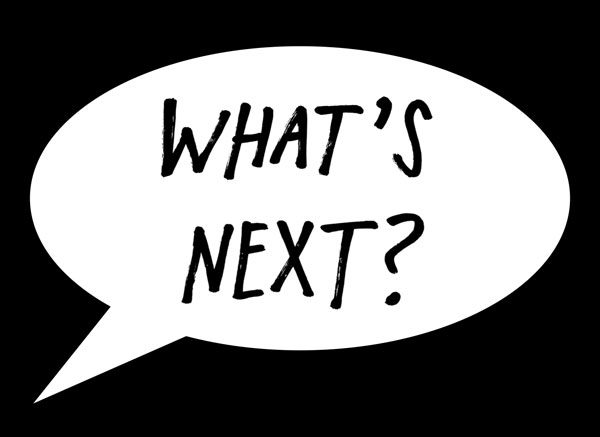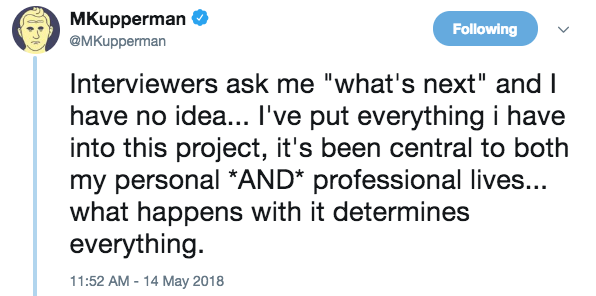“And even after you have achieved greatness, the infinitesimal cadre who even noticed will ask, ‘What next?’”
—Ian Svenonius, Supernatural Strategies for Making a Rock ‘n’ Roll Group
In 1987, Disney aired their first “What’s Next?” ad. Michael Eisner recalls how the ads came to be in his memoir, Work in Progress:
Early in 1987, [we] had a dinner inside Disneyland with George Lucas and several celebrities we’d invited to promote the opening of Star Tours, among them Jeana Yeager and Dick Rutan. The couple had made headlines a month earlier by piloting a single-engine plane around the world on one tank of gas. At some point in the evening, my wife turned to Rutan. “Now that you’ve flown around the world and done the most adventurous thing imaginable,” Jane asked reasonably enough, “what are you going to do next?”
“Well, we’re going to Disneyland, he replied sincerely. As soon as she had a chance, Jane pulled me aside and described the exchange. “This would make a great advertising campaign,” she said.
“What’s next?” is one of those dreaded interview questions, as evidenced by these two tweets I noticed in the past week:
The first is funny, the second is heartfelt, but they both point to the same borderline paralyzing predicament of having finished something you’ve put everything into.
bell hooks describes it this way in Teaching To Transgress:
Whenever I finish a work, I always feel lost, as though a steady anchor has been taken away and there is no sure ground under my feet. During the time between ending one project and beginning another, I always have a crisis of meaning. I begin to wonder what my life is all about and what I have been put on this earth to do. It is as though immersed in a project I lose all sense of myself and must then, when the work is done, rediscover who I am and where I am going.
In The Ecstasy of Influence, Jonathan Lethem describes the unique period between when you finish a book and when it’s published as “The Gulp”: “that interlude where the book has quit belonging to you, but doesn’t belong to anyone else yet.”
In Show Your Work! I suggested “chain-smoking” as a way of avoiding stalling out in between projects: you never really stop working, you just use the end of one project to light up the next. (Joni Mitchell, for example, says that whatever she feels like is the weak link in her last project gives her inspiration for the next.) But sometimes chain-smoking is just impossible. Sometimes how the current project does and where it goes determines what you’ll do next. And sometimes you just have to bug out, get away from work for a bit, recharge, and figure out the next thing.
I think of “What next?” as a sort of ongoing existential crisis best handled with a daily practice. You’re never really going to be sure what’s going to happen, you just know that tomorrow and the day after that you’ll go out to your studio, or you’ll open your sketchbook, you’ll start pushing things around, and you’ll see what happens. No forcing it. Just see what comes.
I’m reminded of comedian Tom Koch’s obituary, which featured this paragraph:
People would say I must have had such a great life doing this,” Mr. Koch once recalled, “people who were engineers, doctors, insurance salesmen or whatever. But it was the kind of work where every morning I would wake up and think, ‘My God, I wonder if I can do it again today.’ There is no way you prepare to do it, or even know how you do it.”
Uncertainty is a huge part of the gig. I can already see the finish line for my next book, so I’m already thinking about what I’m going to start working on when I enter The Gulp. I’m already formulating my own “I’m going to Disney Land!” answer to that dreaded question, “So what’s next?”


